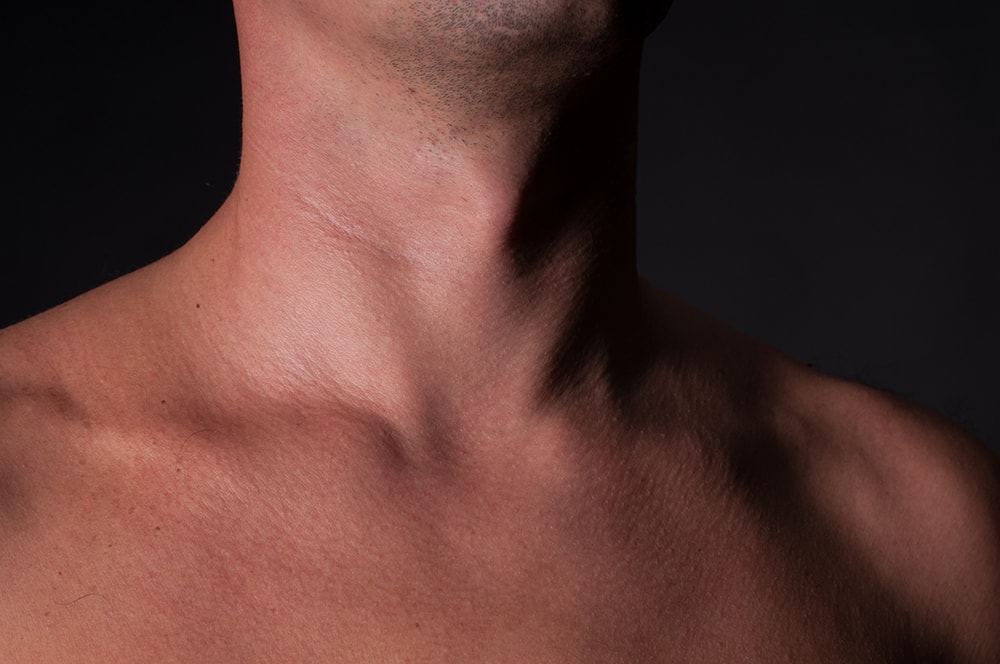Dr. Connors, our Atlanta plastic surgeon, specializes in ear surgery. The term “ear surgery” generally refers to otoplasty, which aims to alter the appearance of the ears, and torn earlobe repair.* In any case, a professionally performed ear surgery procedure can give individuals the confidence to show their entire face from every angle without anxiety about their ears.
- Recovery Time: One to two weeks (otoplasty); a few days (torn earlobe repair)
- Procedure Recovery Location: Outpatient
Who Is a Candidate for Ear Surgery?
Candidates for ear surgery typically want to reshape and reposition their ears so they fit better with the natural contour of their face. Otoplasty can also correct ears that are too large or protrude outward. Alternatively, ear surgery can correct and reconstruct a torn earlobe, which can occur when the earlobe splits in half due to wearing larger earrings or some other type of direct trauma.
Correction of an abnormally shaped ear can be achieved in children as young as 6-12. Within this age range, from an anatomical standpoint, the cartilage is still soft and should be easier to remold and manipulate. From a psychological standpoint, having this surgery can help avoid teasing and ridicule from classmates.
Moreover, ear surgery is most often performed on both ears; however, there may sometimes be an abnormality in just one ear. If this is the case, surgery can usually be performed on the affected ear, which can be made to match the other ear.
How Is Ear Surgery Performed?
The technique used during ear surgery will depend on the patient’s unique goals.
Otoplasty
When the surgery is performed as an aesthetic facial procedure, there may be an insufficient amount of ear cartilage to support the fold of the ear, or too much cartilage where the ear canal starts. Both issues can cause the ear to protrude outward. In some cases, the ears may appear too large. Regardless of the condition, the cartilage will usually be addressed and either removed or reshaped. Then, the cartilage will be secured with sutures into a new position closer to the head. The incision is generally placed within the natural folds of the ear so scarring is not an issue.
Torn Earlobe Repair
In surgical cases where a torn earlobe is the concern, the repair is generally straightforward. The skin cleft between the two sides of the split is removed, and a new lobe is reconstructed using sutures that are placed in both the front and back of the ear. These stitches will remain intact for several days as the skin heals. The sutures are usually removed to ensure that the lobe is strong and aesthetically appealing.

What Does Recovery From Ear Surgery Entail?
Otoplasty cases are generally performed under general anesthesia as an outpatient procedure in an accredited surgical facility. Meanwhile, torn earlobe repair is most often performed in office under local anesthesia. Otoplasty patients can expect the recovery process to last between one and two weeks, whereas torn earlobe repair recovery is usually only a few days long. Furthermore, most otoplasties take about two hours to complete at the longest, while a torn earlobe repair takes one hour.
After otoplasty surgery, patients will be sent home with their heads wrapped in a compression bandage, which will later be replaced with lighter bandaging. Initially, patients may feel discomfort if they attempt to move their ears, but this should subside within a few days. Younger patients will need to be monitored so they do not touch or play with their ears during the healing process.
How Long Do Ear Surgery Results Last?
The results following ear surgery tend to be very long-lasting when the procedure is in the hands of an experienced provider. However, just like any other surgery, aging and gravity may increase laxity and eventually affect the position of the ears. For the most part, the improvements made with ear surgery are still significant.
Questions about ear surgery? Schedule your consultation with Plastic Surgery Group of Atlanta to learn more.



